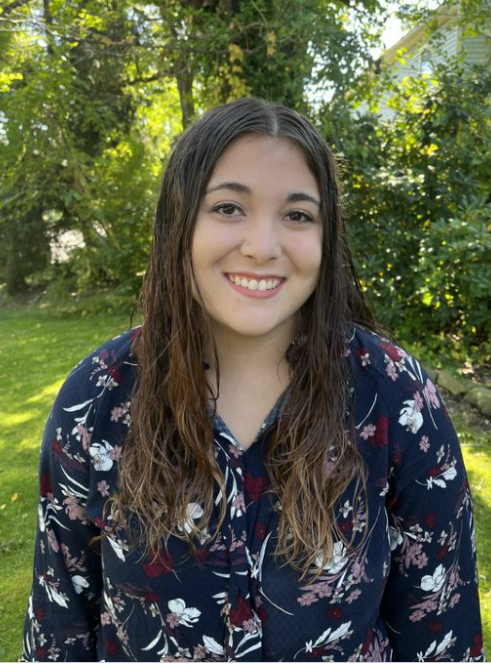Child / Adolescent - Anxiety
(PS3-C65) Family Matters: Analyzing How Different Aspects of Family Environment Affect a Child’s Thought Process in Clinical Youth

Caitlin G. O'Connor, B.A.
Undergraduate Student
Rutgers University
Howell, New Jersey.jpg)
Brian C. Chu, Ph.D.
Professor and Clinical Department Chair
Rutgers University
Piscataway, New Jersey
Germeen Kilada, PsyM
Doctoral Student of Clinical Psychology
Rutgers University
Piscataway, New Jersey
Author(s)
Co-Author(s)
Research supports the impact of youth automatic thoughts in affecting the overall mental well-being of those diagnosed with anxiety and depression (Yu M. et al., 2017). Family environment can also have a critical role in shaping youth mental health (Rutter M. & Quinton D., 1984) and includes the degree to with family members help and support each other, set rules and procedures for the family unit, express anger or conflict (Neale L., 1978). The aim of this study is to evaluate relations among different family environment styles and types of youth automatic thoughts to build a model of intergenerational transmission of anxiety and mood. Participants and
Methods: Participants include 191 treatment-seeking youth (ages 9-17) who completed an intake as part of a randomized clinical trial of behavioral therapies for anxiety and depression. All youth participants met criteria for either a principal DSM-5 anxiety (GAD, SOC, SEP, PD) or depression (MDD, PDD, Dep NOS) disorder. Family environment was assessed using the four subscales of the youth-reported Family Environment Scale; cohesion, independence, control, and conflict (FES-R; Moos & Moos, 2009). Youth automatic thoughts were measured using the Child Automatic Thoughts Scale (CATS, Schneiring C.A., & Rapee R.M., 2002) with hostility, personal failure, physical threat, social threat, and positivity subscales.
Results: Independent hierarchical regression analysis was used to regress family environment subscales on either youth positive or negative AT subscales after controlling for age and gender. Results suggested that family cohesion and independence were found to be significantly related to both positive thoughts (cohesion β = 1.567, p = < 0.001; independence β = 0.833, p = 0.042) and only cohesion for negative automatic thoughts (cohesion β = -3.503, p = 0.006). Family control and conflict were found to be significantly related to positive automatic thoughts (control β = -0.811, p = 0.050; conflict β = -0.859, p = < 0.001), and only conflict for negative automatic thoughts (conflict β = 4.56, p = < 0.001). These findings suggest that many different dimensions of family environment have an impact on the automatic thoughts of clinical youth, highlighting multiple targets to address in youth-based CBT. They also suggest that the well-being of the family as a unit is a more significant predictor of children’s automatic thoughts than individualistic values, as conflict and cohesion were more significantly related to automatic thoughts than control and independence. The current study highlights the relationship between family environment and individual youth cognitive processes.

